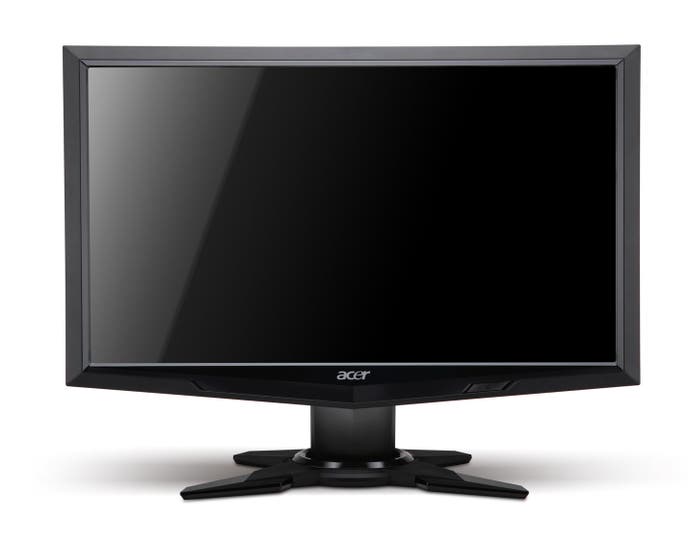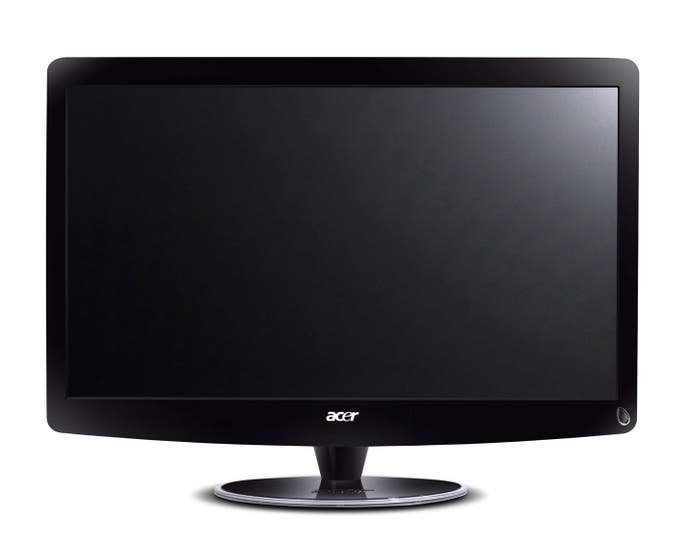The Case for PC 3D Gaming
Is NVIDIA 3D Vision the best choice for 3DTV owners?
Titles such as Just Cause 2 and Call of Duty: Black Ops don't perform so well, but the settings are hardly uniform in the Russian site's testing (8x AA in Black Ops, for example). Even here, with the card operating at 1080p with very, very high levels of anti-aliasing, that GTX 460 is still giving similar, if not outright better performance to what we see in the console versions of Black Ops. Dial back the AA, switch to 720p, and the chances are that both frame-rate and image quality would exceed the console games running in 2D mode.
720p performance of 3D Vision is clearly something worthy of more study, especially since ideally we would be looking to use v-sync in all cases - screen-tear can be unduly distracting on 3D titles, taking the form of an odd flickering in one eye only. Expect to see a follow-up Digital Foundry feature comparing performance over multiple GPUs, and factoring in console equivalents where possible. Black Ops would be a great start.
Consoles have many advantages in terms of game development focus (a fixed hardware platform that game-makers can exploit being first and foremost amongst them), but the fact is they are using very old graphics technology. The PlayStation 3's RSX chip is equivalent, if not identical in many ways to an NVIDIA 7800GTX with 256MB of RAM. It's no surprise therefore that games designed for consoles can scale up so spectacularly well on PC graphics hardware that is generations ahead.


In some ways it is a shame that few games are being made that target the full potential of today's latest and greatest GPUs, but on the flipside it does mean that performance-sapping applications like true stereoscopic 3D can be handled with ease.
Consoles have issues with fill-rate (the amount of pixels being "painted") and geometry, which has to be processed twice to create a true stereoscopic effect. These are the reasons why Killzone 3 operates at a lower resolution in 3D mode, and why titles like Black Ops and WipEout 3D are running at much lower frame-rates than in the conventional 2D mode. The continuing, constant evolution of graphics technology sees PC users effortlessly power through these limitations - console levels of geometry are child's play for PC graphics tech, so processing it twice isn't really an issue at all.
Indeed, there is an argument that PC graphics cards have so much leftover power running console conversions that developments like 3D Vision came about simply to make some use of this untapped power.
"That's not quite true, as many of the newer games are utilising innovative GPU features to change the gaming experience," NVIDIA's Andrew Fear counters. "Two examples: Tom Clancy's H.A.W.X. 2, which pushed tessellation to the limit, and Mafia 2, which implemented GPU-accelerated PhysX. Some games do have some GPU processing left, and we offer 3D Vision as a way to use that and create an entirely new experience for our customers."
On paper at least, a 3D Vision-equipped PC looks like being pretty much the best present you could give yourself after forking out for a brand new 3DTV, with the added advantage of the machine doubling up as a media centre with playback capabilities that are second to none. Clearly there is a cost implication - a decent PC with quad-core CPU and GTX 460 will cost significantly more than a PS3 and Xbox 360 combined - but the sheer power you're getting for that outlay is phenomenal, the games you're buying will be much cheaper and the available catalogue of 3D software outstrips any other platform.
Just how much will such a PC cost? Build it from scratch and you can save some cash, but smart cookies might wait for Dell to come up with one of its periodically super-cheap offers then buy in the graphics card separately. Or else you can seek out a reputable independent PC builder and get a 2.8GHz quad-core Sandy Bridge machine with GTX 460 for around £600 delivered.
Perhaps, like many, you are waiting for 3DTV prices to come down, or maybe you won't pull the trigger until a glasses-free 3D display hits the market. There's obviously demand for them, and they are coming. Even in this situation though, the unstoppable evolution of GPU power works to your advantage, because the longer you wait, the more powerful graphics cards become - and the chances are that we have a long wait until next-generation, 3D-capable consoles arrive.








